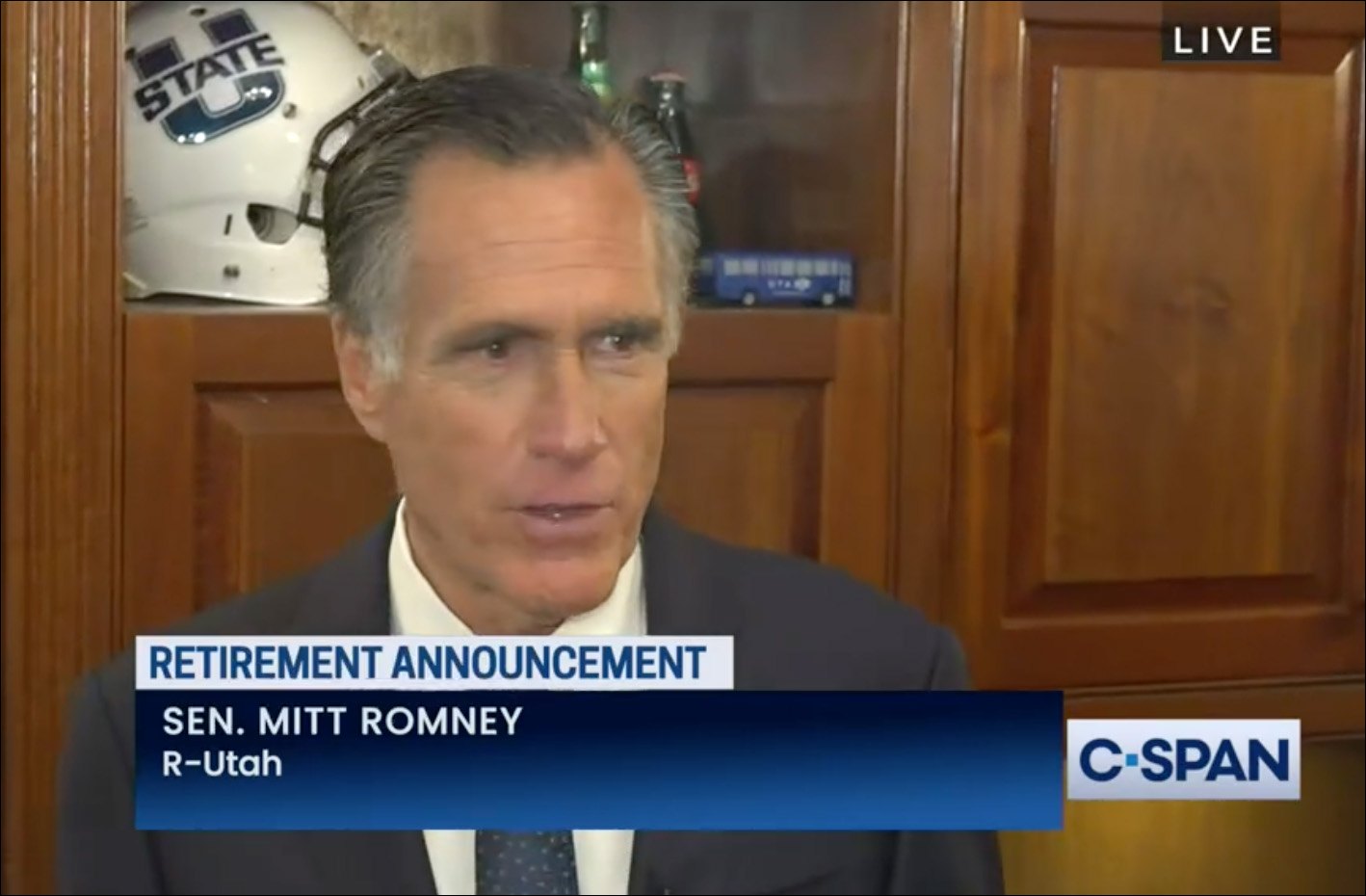By Jim Ellis — Monday, Oct. 16, 2023
President
Key States: Trump Emerges in New Polling — Three of the more important states that will largely determine the 2024 presidential outcome reported new polling data late last week. The results are significant. Three polls from two different pollsters projected former President Donald Trump as surprisingly leading in the critical battleground states of Michigan, Pennsylvania, and Wisconsin.Emerson College surveyed voters in Pennsylvania and Wisconsin, all between the Oct. 1-4 period. MRG Research, polling for the Detroit News (Oct. 2-8; 600 likely Michigan voters), tested the Michigan electorate.
For the first time since he carried each of these states in the 2016 presidential election, these polls show that former President Donald Trump holds a general election edge over President Joe Biden in all three states. EC projects Trump holding leads of 45-36 percent in Pennsylvania and 42-40 percent in Wisconsin. In Michigan, MRG finds Trump posting a 42-35 percent advantage over President Biden.
Reviewing the national Electoral College map, in order to flip the 2020 election results Trump must convert states holding at least 35 electoral votes. The smallest number of in-play states equaling that particular electoral vote number is two: Georgia (16 electoral votes) and Pennsylvania (19).
If Pennsylvania does not come through for Trump, then a combination of Georgia (16), Arizona (11), and Wisconsin (10) voting Republican would also deliver the former president a victory. These examples, of course, presume that all other states vote the same as they did in 2020.
While it is mathematically conceivable for Trump to win the national election without carrying one of the aforementioned Great Lakes states, from a practical context, when considering recent historical voting patterns, it is virtually impossible. Realistically, if Trump is to turnaround the 2020 election outcome, he must carry at least one of these three domains.
That is why this polling release is worth noting.
Recently, we have been seeing issue polling that clearly favored Republicans on most issues, especially key ones such as economy, border security, immigration, and crime. The party’s positive numbers regarding the handling of those issues, however, were not translating into increased votes for Republican presidential candidates on ballot tests within those same surveys. Now, we see the candidate numbers beginning to turn.
The Emerson College Pennsylvania poll (Oct. 1-4; 430 registered Pennsylvania voters; multiple sampling techniques) projects Trump topping Biden by a large nine-point margin, 45-36 percent, well beyond the polling margin of error. Their Wisconsin survey (Oct. 1-4; 532 registered Wisconsin voters; multiple sampling techniques) also posts Trump to a lead, but a much smaller one, 42-40 percent.
Across Lake Michigan, MRG Research tested the Wolverine State electorate (Oct. 2-8; 600 likely Michigan voters) and their ballot test between Biden and Trump showed the the former president leading by a seven-point margin — 42-35 percent.
What is notable is that the Emerson Pennsylvania poll also tested the state’s budding Senate race between three-term incumbent Sen. Bob Casey Jr. (D) and Republican businessman David McCormick. Here, the same polling sample turns back toward the Democrats.
In answering the Senate ballot test question, the respondents recorded a 41-33 percent split for Sen. Casey, a margin again well beyond the polling margin of error. This result is also stronger for Casey than the first publicly released poll of the Pennsylvania Senate contest, that from Quinnipiac University (Sept. 28-Oct. 2; 1,725 registered Pennsylvania voters). In the Q-Poll, Sen. Casey’s lead was 50-44 percent.
The fact that the polling sample would return to the Democratic column for the Senate race gives greater credence to the presidential number and suggests that this survey is no outlier.
In Emerson’s Wisconsin poll, the interviewers asked an interesting question. They queried both the Trump and Biden supporters whether there was anything their candidate could do that would change their vote. The results were almost identical.
A total of 50 percent of the Trump voters and 51 percent of the Biden voters said their support was solid, and nothing that either man might do between now and election day would change their vote. Conversely, 24 percent of Trump voters and 23 percent of Biden supporters suggested they could change their minds based upon their chosen candidate’s actions.
These responses tell us that both men have equally fervent support, but also gives each plenty of prospects with whom to potentially convince. We can expect Wisconsin to remain in toss-up mode all the way through the final vote.
These surveys mark the first time in this election cycle that Trump has posted such leads in these three critical battleground states. With still more than one year remaining until votes are cast much will happen to change how people will perceive the candidates, thus influencing their vote. For now, the present topsy-turvy political atmosphere seems to be favoring former President Trump.







